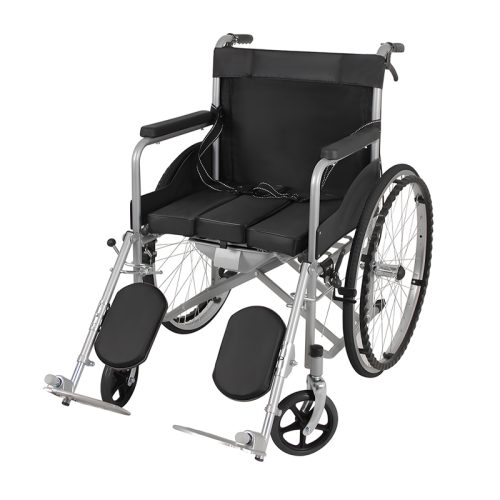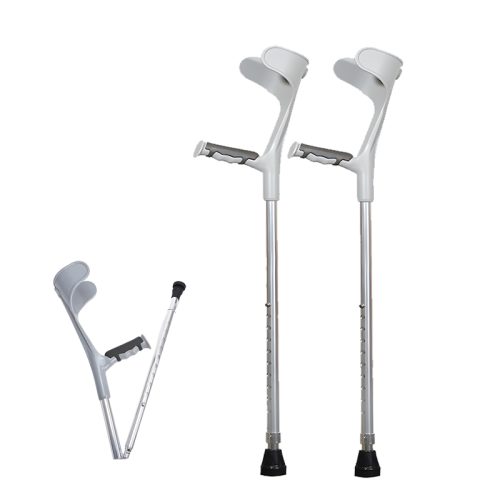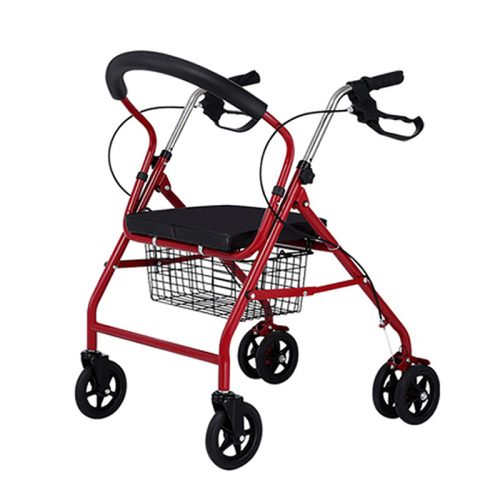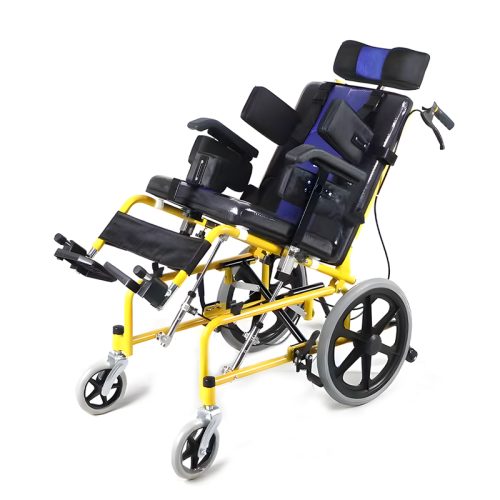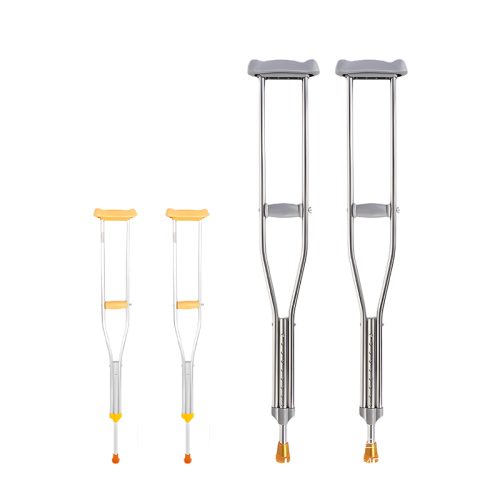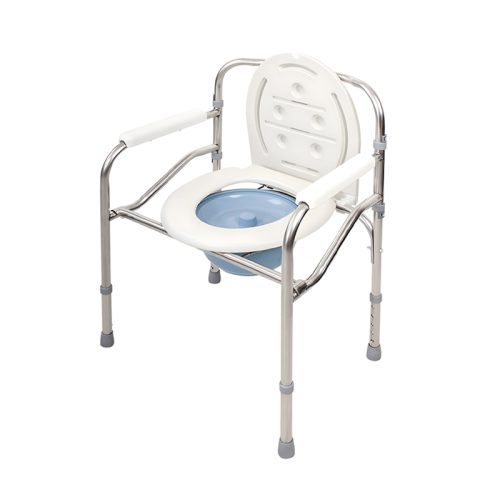
- Invalidski voziček
Etiopija Invalidski voziček Tržne priložnosti 2025: Prilagajanje in distribucija sekundarnih mest
- Po kelingmedical
1. Povpraševanje po prilagajanju: Priložnost za $6,8 milijona evrov
Analiza tržnih vrzeli
Trenutno le 12% proizvedenih otroških invalidskih vozičkov ustreza standardom SZO za prilagajanje rasti.
Po statističnih podatkih ministrstva za zdravje iz leta 2024 prilagojene sedežne sisteme potrebuje 38% oseb, ki so preživele prometno nesrečo.
V mestnih bolnišnicah se 210% povečuje povpraševanje po stolih, ki prenesejo težo nad 150 kg.
Prilagajanje Dobiček marže
| Vrsta izdelka | Standardni model Margin | Prilagojena marža |
|---|---|---|
| Ročni stol | 22-28% | 45-55% |
| Električni stol | 18-25% | 38-42% |
| Pediatrična enota | 15-20% | 60-75% |
Prednosti lokalne proizvodnje
Lokalna proizvodnja zagotavlja, da so naročila po meri dostavljena 40% hitreje kot uvoženi izdelki.
55% zmanjšanje stroškov z uporabo modularnih komponent, izdelanih v Etiopiji.
2. Sekundarna mesta: 2. sekundarna mesta: kartiranje nove meje
Top 5 hitro rastočih trgov
Bahir Dar (Amhara): V gradnji je 17 novih bolnišnic.
Dire Dawa (Dire Dawa): 210% Medletna rast uvoza medicinskih izdelkov.
Jijiga (v somalščini): Za leto 2025 je na voljo $3,2 milijona proračunskih sredstev za pomoč invalidom.
Hawassa (Sidama): V polmeru 45 km se razprostira puščava.
Mekelle (Tigraj): Po-konfliktna sanacija.
Razčlenitev izziva distribucije
Stroški na zadnji razdalji: 55% višje kot v Adis Abebi.
Obrat zalog traja 38 dni v primerjavi z 21 dnevi na območju glavnega mesta.
Plačilna tveganja v tej regiji kažejo stopnjo zamud 25%, medtem ko mesta prvega reda poročajo le o 12%.
Rešitve za uspeh
Vozlišča in kolesa 2.0:
Omrežje vključuje tri regionalna vozlišča na območjih severa, juga in vzhoda, ki zagotavljajo, da pošiljke prispejo do strank v 48 urah.
Mobilne servisne enote v radiju 150 km.
Vključevanje fintech:
Sledenje zalogam na podlagi veriženja blokov zmanjša izpad zalog za 40%.
Zamude pri plačilih se zmanjšajo za 65%, če podjetja uvedejo sisteme za hrambo mobilnega denarja.
3. Prilagajanje Študija primera: Preboj na pediatričnem trgu
Izziv Distributer je izgubil 22% tržni delež, ker razpoložljivi modeli niso bili specializirani za pediatrične potrebe.
Rešitev
Sodelovanje z lokalnimi ortopedi je omogočilo razvoj 6 različnih velikosti.
Izvedeno prilagajanje 3D-tiskanih blazin (čas izdelave 2 uri).
Rezultati
89% stopnja zadrževanja strank.
140% ima višjo ceno od standardnih modelov.
4. Model distribucije sekundarnih mest
Stroškovno učinkovit okvir
| Komponenta | Tradicionalni model | Optimizirani model |
|---|---|---|
| Skladiščenje | Centralizirano (Addis) | 3 regionalna mikro središča |
| Prevoz | Ponudniki 3PL | Lastna flota + lokalna kolesarska omrežja |
| Inventarizacija | 90-dnevna zaloga | 45-dnevna zaloga + dopolnitev z umetno inteligenco |
| Varčevanje s stroški | – | 38% Splošno |
5. Regulativni vetrovi v hrbet
Prilagodljive tehnologije, razvite na lokalni ravni, prejmejo davčno olajšavo 15% kot spodbudo za prilagoditev.
Za medicinsko opremo, ki se distribuira več kot 200 km od Adisa, velja ničelni DDV v okviru politike sekundarne mestne podpore.
6. Projekcije za obdobje 2025-2027
| Priložnost | 2025 Vrednost | Projekcija za leto 2027 |
|---|---|---|
| Prilagajanje | $6.8M | $11.2M |
| Sekundarna mesta | $4.3M | $9.1M |
| Skupaj | $11.1M | $20.3M |
Zaključek
Revolucijo na etiopskem trgu invalidskih vozičkov bodo povzročili distributerji, ki bodo znali zapolniti vrzel v prilagajanju in poskrbeti za logistiko v sekundarnih mestih. Do preusmeritve trga mora priti takoj, saj se bo 72% prihodnja širitev trga zgodila zunaj Adis Abebe skupaj z obstojem premijskih marž pri specializiranem blagu. Sektor medicinske opreme v Vzhodni Afriki bodo vodila podjetja, ki izvajajo modularne proizvodne sisteme skupaj z decentraliziranimi distribucijskimi mrežami.
Oddelek Pogosta vprašanja
V1: Kakšno je minimalno naročilo za prilagojene invalidske vozičke? O: 50 enot za ročne stole, 20 enot za električne/pediatrične modele.
V2: Kako zagotoviti varnost plačil v sekundarnih mestih? O: Uporabljajte platforme za mobilni denar s samodejnim sproščanjem potrditve dostave (stopnja sprejetja 85%).
V3: Ali so potrebni certifikati za prilagajanje? O: Da - Etiopska agencija za standardizacijo (ESA) odobri prilagodljive naprave v 45 dneh.
V4: Kakšen je časovni okvir donosnosti naložbe za širitev sekundarnih mest? O: 18-24 mesecev z ustrezno nastavitvijo omrežja vozlišč (povprečna stopnja donosa 35%).
Vodenje revolucije na področju invalidskih vozičkov v Etiopiji z družbo Keling Medical
Keling Medical zagotavlja rešitve na ključ za nove priložnosti v Etiopiji:
Laboratoriji za prilagajanje: Naprave za 3D skeniranje/ tiskanje na kraju samem v industrijskem parku v Adis Abebi.
Porazdelitev sekundarnih mest: Predhodno vzpostavljena omrežja v 18 nastajajočih mestnih središčih.
Skladnost s predpisi: Certifikat ESA je zagotovljen v 40 dneh.
📩 Obrnite se na naše arhitekte za trg Etiopija: 📧 E-pošta: inquiry@shkeling.com 📞 WhatsApp: +8618221822482 🌐 Raziščite naš portfelj prilagoditev: https://shkeling.com.cn/product-category/wheelchair/
Omejena ponudba: Brezplačen načrt vstopa na sekundarni trg s prvim posvetovanjem!


